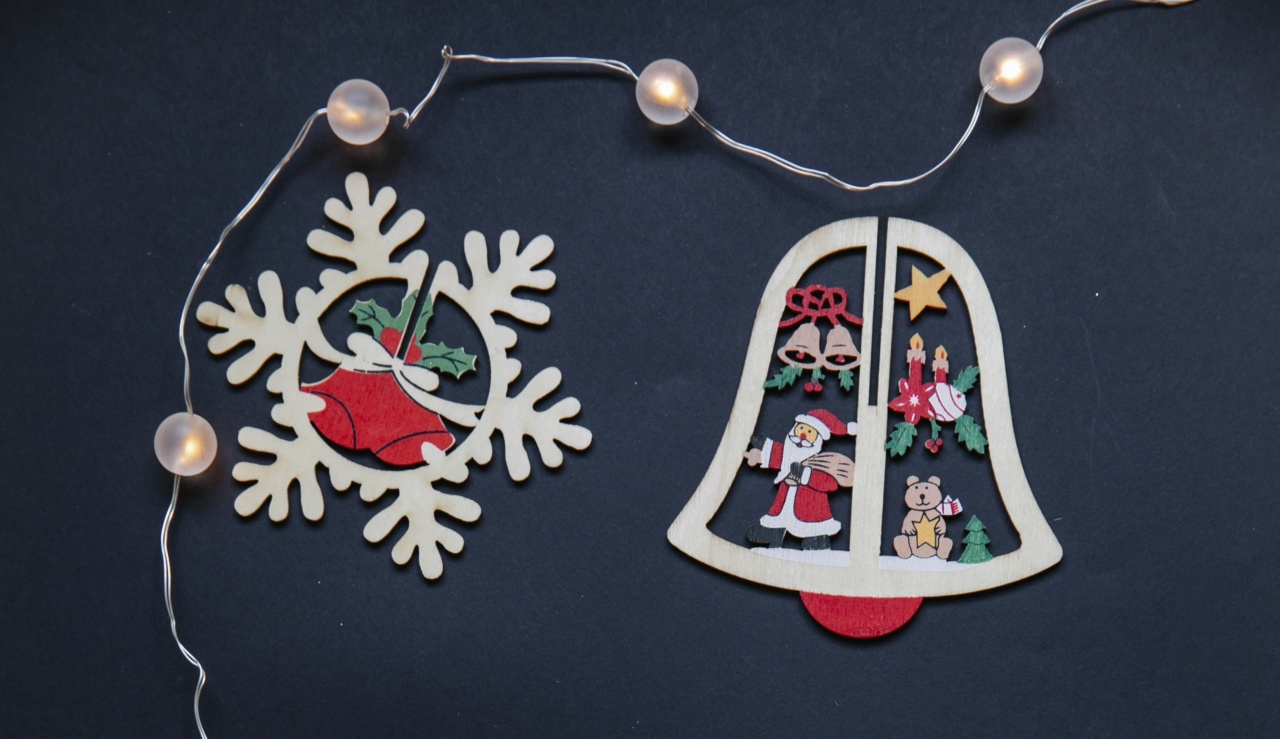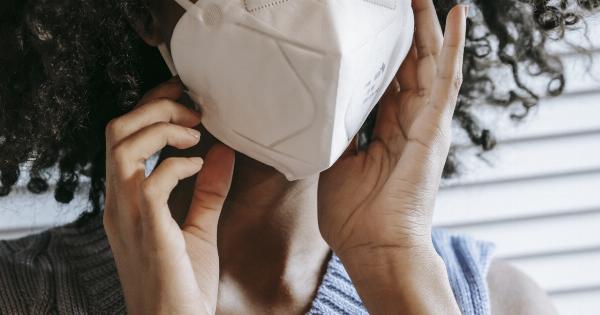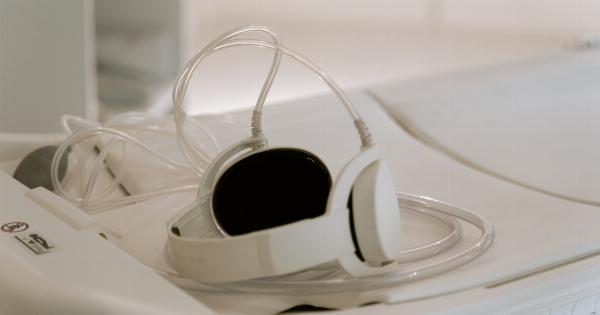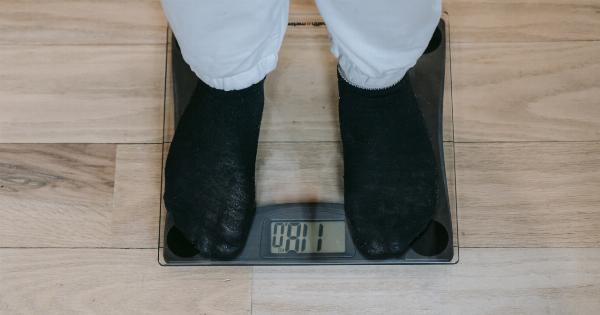Olives are known for their numerous health benefits, including promoting heart health, reducing inflammation, and aiding digestion. However, some olives may pose a risk to your health if they have a white wreath.
This article will explain what the white wreath is, its dangers, and how to avoid consuming olives with this potentially harmful substance.
What is the White Wreath in Olives?
The white wreath, also known as the “bloom,” is a natural wax coating that appears on the skin of some olives. This coating is a sign that the olives are in their natural state and have not been washed or treated with any chemicals.
While the wax coating is harmless, it can be a breeding ground for bacteria. The wax easily traps moisture, dirt, and bacteria, making it a perfect environment for harmful bacteria to grow and thrive.
The Dangers of Eating Olives with White Wreath
The white wreath on olives may contain harmful bacteria, such as Listeria monocytogenes, which can cause serious illness. Listeria is a type of bacteria that can cause a severe infection called listeriosis, which can be fatal in some cases.
It is especially dangerous for pregnant women, the elderly, and individuals with weakened immune systems.
Listeriosis can cause flu-like symptoms, such as fever, chills, and headache. However, it can also lead to more severe symptoms, including meningitis, septicemia, and even fetal loss or stillbirth in pregnant women.
How to Avoid Consuming Olives with White Wreath
It is best to avoid consuming olives with the white wreath to reduce the risk of listeria infection. Here are some tips to ensure that you are buying and consuming safe olives:.
Check the Product Date
Always check the product date on the label before purchasing olives. Ensure that the olives are within their expiration date or have been recently packed.
Freshly packed olives are less likely to have the white wreath, reducing the risk of listeria contamination.
Buy from Reputable Brands
Choose olives from reputable brands known for their quality products and stringent food safety measures. Avoid buying olives from unreliable sources, such as street vendors or unknown labels that do not have proper certifications.
Wash the Olives Before Eating
Rinse the olives thoroughly with running water before eating them. This will remove any dirt or wax on their surface and reduce the risk of consuming harmful bacteria.
Store Olives Correctly
Ensure that the olives are stored in the refrigerator at 40 °F or below, and keep them away from any meat, poultry or seafood products. This will prevent the risk of cross-contamination and reduce the risk of bacterial growth.
Conclusion
The white wreath on olives is a natural wax coating that can be a breeding ground for harmful bacteria that can cause serious illness, such as Listeria monocytogenes.
The best way to reduce the risk of listeriosis is to avoid consuming olives with a white wreath. Always check the product date, buy from reputable brands, wash the olives before eating, and store them correctly to reduce the risk of bacterial growth. By taking these precautions, you can safely enjoy the numerous health benefits of olives.




























